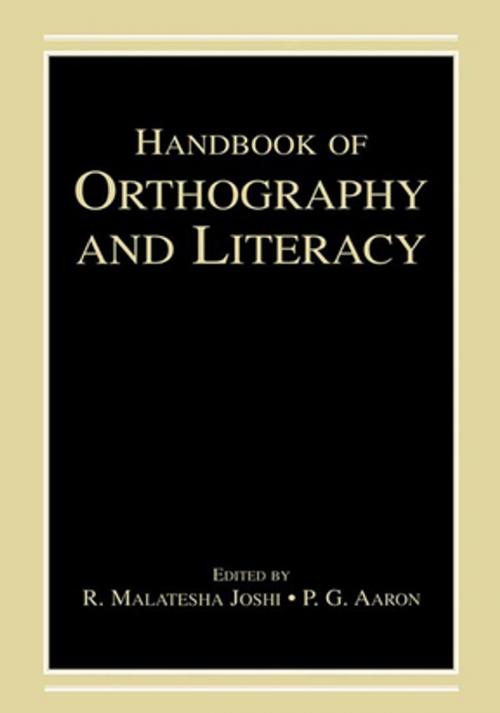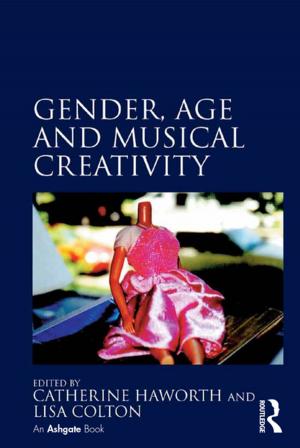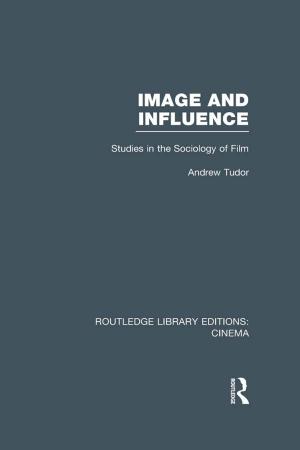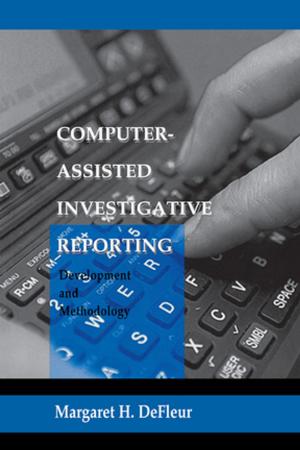Handbook of Orthography and Literacy
Nonfiction, Reference & Language, Language Arts, Literacy, Education & Teaching, Teaching, Teaching Methods| Author: | ISBN: | 9781136610806 | |
| Publisher: | Taylor and Francis | Publication: | August 31, 2005 |
| Imprint: | Routledge | Language: | English |
| Author: | |
| ISBN: | 9781136610806 |
| Publisher: | Taylor and Francis |
| Publication: | August 31, 2005 |
| Imprint: | Routledge |
| Language: | English |
Until about two decades ago, the study of writing systems and their relationship to literacy acquisition was sparse and generally modeled after studies of English language learners. This situation is now changing. As the worldwide demand for literacy continues to grow, researchers from different countries with different language backgrounds have begun examining the connection between their writing systems and literacy acquisition. This text, which derives from a NATO sponsored conference on orthography and literacy, brings together the research of seventy scholars from across the world--the largest assemblage of such experts to date. Their findings are grouped into three parts, as follows:
Part I, Literacy Acquisition in Different Writing Systems, describes the relationship between orthography and literacy in twenty-five orthographic systems. This section serves as a handy reference source for understanding the orthographies of languages as diverse as Arabic, Chinese, English, Icelandic, Kannada, and Kishwahili.
Part II, Literacy Acquisition From a Cross-Linguistic Perspective, makes direct comparisons of literacy acquisition in English and other orthographic systems. The overall conclusion that emerges from these eight chapters is that the depth of an orthographic system does influence literacy acquisition primarily by slowing down the acquisition of reading skills. Even so, studies show that dyslexic readers can be found across all orthographic systems whether shallow or deep, which shows that dyslexia also has internal cognitive and biological components.
Part III, Literacy Acquisition: Instructional Perspectives, explores literacy acquisition from developmental and instructional perspectives and ends with a look into the future of literacy research.
This Handbook is appropriate for scholars, researchers, and graduate students in such diverse fields as cognitive psychology, psycholinguistics, literacy education, English as a second language, and communication disorders.
Until about two decades ago, the study of writing systems and their relationship to literacy acquisition was sparse and generally modeled after studies of English language learners. This situation is now changing. As the worldwide demand for literacy continues to grow, researchers from different countries with different language backgrounds have begun examining the connection between their writing systems and literacy acquisition. This text, which derives from a NATO sponsored conference on orthography and literacy, brings together the research of seventy scholars from across the world--the largest assemblage of such experts to date. Their findings are grouped into three parts, as follows:
Part I, Literacy Acquisition in Different Writing Systems, describes the relationship between orthography and literacy in twenty-five orthographic systems. This section serves as a handy reference source for understanding the orthographies of languages as diverse as Arabic, Chinese, English, Icelandic, Kannada, and Kishwahili.
Part II, Literacy Acquisition From a Cross-Linguistic Perspective, makes direct comparisons of literacy acquisition in English and other orthographic systems. The overall conclusion that emerges from these eight chapters is that the depth of an orthographic system does influence literacy acquisition primarily by slowing down the acquisition of reading skills. Even so, studies show that dyslexic readers can be found across all orthographic systems whether shallow or deep, which shows that dyslexia also has internal cognitive and biological components.
Part III, Literacy Acquisition: Instructional Perspectives, explores literacy acquisition from developmental and instructional perspectives and ends with a look into the future of literacy research.
This Handbook is appropriate for scholars, researchers, and graduate students in such diverse fields as cognitive psychology, psycholinguistics, literacy education, English as a second language, and communication disorders.















